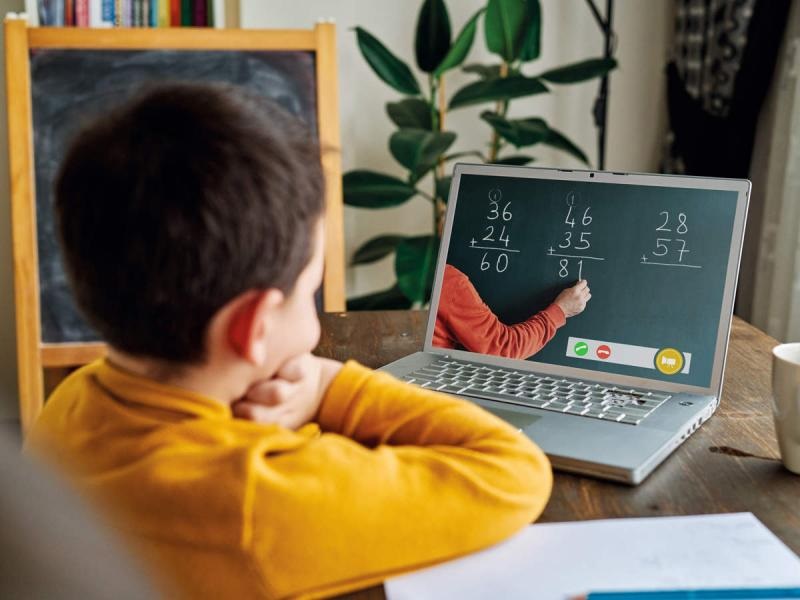Online learning has been gaining popularity over the past few years. With the advent of technology, learning has become more accessible, flexible, and interactive. However, online learning can be a little dull and monotonous, which can affect learner engagement and motivation. That’s where gamification comes in. Gamification is the use of game design elements, such as points, badges, and leaderboards, in non-game contexts to engage and motivate learners.

What is Gamification?
Gamification is the process of applying game design principles to non-game contexts, such as education or business. The aim is to make the experience more enjoyable, engaging, and motivating. It involves using game elements such as points, badges, rewards, and leaderboards to encourage learners to achieve their learning objectives. By incorporating gamification into the learning process, learners are motivated to learn and are more likely to retain the knowledge they have gained.
How Does Gamification Boost Learning?
Gamification has been shown to have a positive impact on learning. Here are some of the ways gamification can boost learning:
- Increased Motivation: Gamification makes learning more enjoyable and engaging. The use of game elements such as points, badges, and rewards creates a sense of achievement, which motivates learners to complete their tasks.
- Better Retention: Gamification helps learners retain knowledge better. By incorporating game elements such as repetition and feedback, learners are more likely to remember what they have learned.
- Improved Engagement: Gamification improves learner engagement. The use of game elements such as leaderboards and challenges creates a competitive environment, which encourages learners to participate and engage in the learning process.
- Increased Collaboration: Gamification can encourage collaboration among learners. By incorporating team challenges and quests, learners can work together to achieve a common goal.
Examples of Gamification in Online Learning
Here are some examples of gamification in online learning:
- Duolingo: Duolingo is a language learning app that uses gamification to make learning fun and engaging. It uses game elements such as points, badges, and leaderboards to motivate learners to complete their lessons.
- Khan Academy: Khan Academy is an online learning platform that uses gamification to make learning more interactive. It uses game elements such as avatars and rewards to encourage learners to complete their tasks.
- Codecademy: Codecademy is an online learning platform that uses gamification to make learning to code more engaging. It uses game elements such as points and leaderboards to motivate learners to complete their coding challenges.
Gamification is a powerful tool that can be used to enhance the online learning experience. By incorporating game elements such as points, badges, and leaderboards, learners are motivated to learn and are more likely to retain the knowledge they have gained. Gamification also improves engagement, collaboration, and motivation, making the learning experience more enjoyable and interactive. As online learning continues to grow, gamification will become an increasingly important tool for educators and learners alike.

